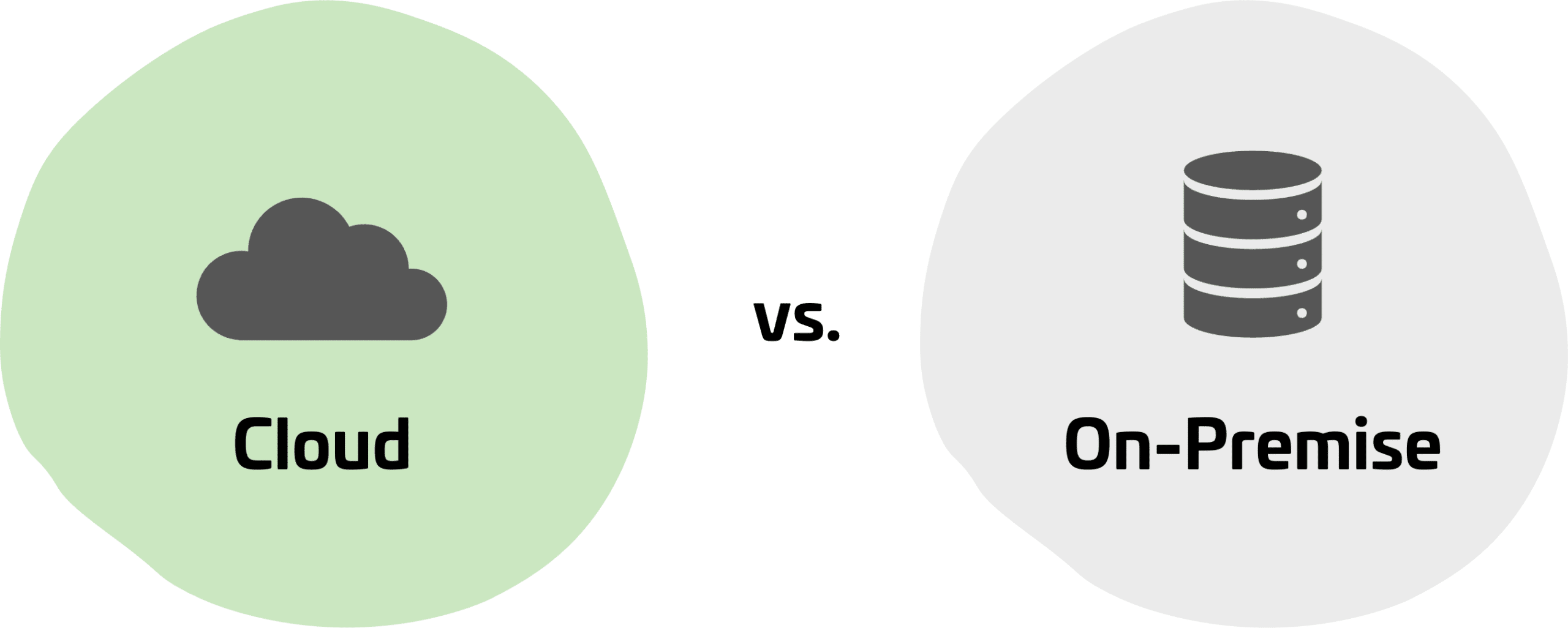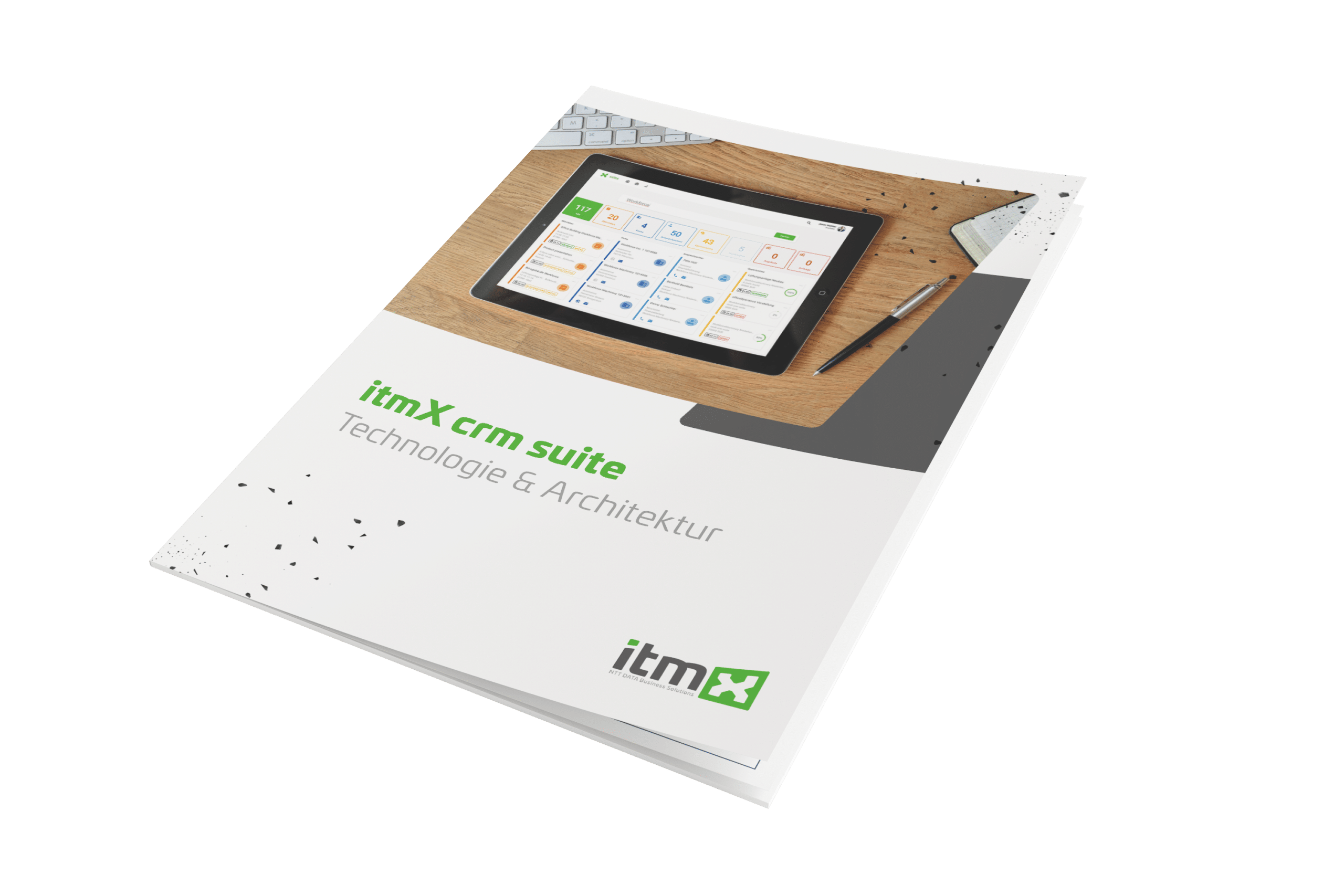Cloud or on-premise – a question of philosophy?

Cloud computing is currently more than just a trend. Everyone uses cloud applications in their private and business lives on an almost daily basis to optimize their everyday life and work. However, users are often not really aware that they are using a cloud service, for example to share the shopping list with their partner on their smartphone.
Evolution to cloud computing
Cloud computing has long since become an integral part of our lives. Applications can thus be brought to the consumer very quickly, without difficult installation routines, and used on different end devices.
In the early days, when people were much more critical of the cloud, it was often dismissed as a new name for data center operations. However, these times are long gone and networking now brings us possibilities, for example, to manage sensor data from a machine via the cloud and to use this both in a manufacturer’s warning system and in a customer portal.
IT departments also benefit from the cloud, as a lot of computing power, data backup routines, etc. are managed via the cloud.
Is cloud always the best solution?
Does this mean that the cloud has created a perfect IT world and that we can now do away with internal IT departments? Like everything, the cloud has two faces. With so many cloud applications, IT departments have to deal primarily with integration platforms.
This is exactly the situation now, where friction often arises between the business department and IT. IT decisions are increasingly being made in the business departments because, at first glance, a cloud application has no impact on the existing IT infrastructure. At the latest when processes are looked at more closely, data flows between departments and thus between systems have to be mapped and IT is faced with new challenges. Of course, cloud applications provide a plethora of APIs, which are usually presented as a panacea. Yes, APIs are important and necessary. But it is important to consider which API needs to be used for which purpose. And one thing is clear, an API is also an interface that needs to be maintained and looked after. Here, the market offers a variety of integration platforms to consolidate interfaces, but these must also be maintained and checked daily for data inconsistencies.
To make matters worse, data protection in the EU plays a major role in cloud applications. Many companies today are probably not even aware that they are on the edge of legality with cloud applications operating outside the EU. Now, many cloud providers from the USA advertise that they operate the servers in the EU. Unfortunately, however, this is not sufficient, as the operators have a company headquarters in the USA and therefore US law applies, which is not compatible with EU data protection. Here, the EU data protection activist Max Schrems has brought about important rulings at the EU Court of Justice, which have caused a stir under the names Schrems I and Schrems II.
Particularly with sensitive customer data, the utmost caution is required here. This data is worthy of protection and companies should think twice about whether they want to operate this data in a “legal vacuum”.
Conclusion – Cloud or On-Premise?
If you consider all the advantages and disadvantages and challenges, you can conclude: Cloud is good and important, but it is not the solution to all IT problems. Ultimately, every company must weigh up the extent to which cloud or on-premise can be used. And this is precisely where the new itmX solutions come in.
Because itmX is taking a completely new approach here with the credo “application in the cloud, data on premise”.
What does that mean? It means that the new solution, called webXperience, hosts the application in the Azure cloud. This makes the solution easy to roll out and usable anywhere in the world, without client installation. The data, however, remains in the SAP system, in the protected space! This takes care of all data protection issues per se. And that brings even more advantages. All data is available, interface-free via the SAP UI, as well as via the CRM UI. Posting takes place in a database! Processes can thus be easily mapped across systems without having to redundantly manage powerful data pools. Thus, the issue of integration is solved before it occurs.
Sounds exciting? Feel free to contact me – I look forward to an exchange with you. You can reach me via LinkedIn, Xing or by e-mail.
About the author


